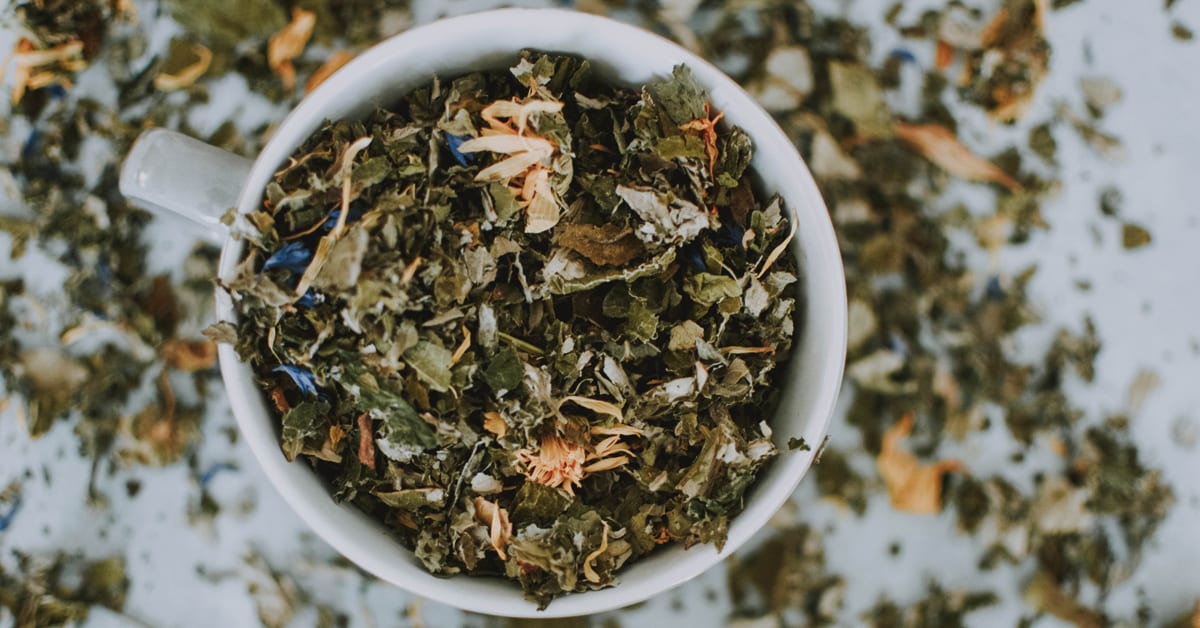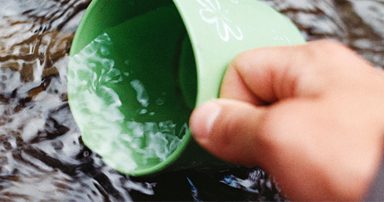RECOMMENDED REFERENCE BOOKS:
- Stephen Harrod Buhner, Herbal Antibiotics, Second Edition, 2012.
- Stephen Harrod Buhner, Herbal Antivirals, 2013.
- Joyce A. Wardwell, The Herbal Home Remedy Book, 1998.
- Richo Cech, Making Plant Medicine, 4th Edition, 2016. Strictly Medicinal Seeds has the best
price, plus free shipping.
TINCTURE-MAKING:
Tincture-making allows you to preserve your medicinal herbs practically indefinitely, and it requires very few tools: grain alcohol, vinegar (a very small amount, if the herbs contains alkaloids), glass jars (canning jars, old spaghetti-sauce or pickle jars, etc.), labels or masking tape, a scale which weighs in ounces, cheesecloth or a straining bag, a sieve or a tincture press, and a bowl. As a general rule, tinctures of dried herbs are made in a 1:5 ratio – one part herb by weight in ounces, per 5 parts liquid by volume in ounces. So if your dried herb weighs 4 ounces, you need 20 fluid ounces of liquid. For fresh herbs, the ratio of herb to liquid is generally 1:2. Fresh-herb tinctures are generally made with 95% alcohol, whereas the percentage of alcohol needed for dry-herb tinctures varies by herb.
Tincture-making is fairly simple. It takes about 15 minutes to make the average tincture, and this includes finding all your tools. Once you’ve put it together, your tincture will be ready to use in anywhere from 2 weeks (for tinctures made with powdered herbs) to 4-5 weeks (for tinctures made with dried root or bark pieces).
Tincture-making is also economical, especially if you grow or wild-harvest your herbs. Even if you are buying herbs, the per-ounce cost of homemade tinctures can be as low as one-tenth the cost of buying them.
For dry-herb tinctures, all the herbal books expect you to dilute 95% (190-proof) alcohol with water in order to achieve the correct percentage of alcohol for your tincture. The problem with this is that 95% alcohol is expensive, and there are many states in which it is unavailable. One way to lower the cost of your alcohol and make it last as long as possible is to dilute your 95% alcohol with ordinary vodka (which is 40% alcohol) rather than with water. Vodka is cheap, and this will keep you from blowing through your 95% alcohol as quickly as you otherwise would.
Below is a chart that indicates how much 95% alcohol to mix with vodka in order to get 80 ounces of liquid with a given alcohol percentage (80 ounces is the amount of alcohol needed in order to make a 1:5 tincture starting with 16 ounces of dried herb):

In some states where 95% alcohol is not allowed to be sold, 75.5% (151-proof) alcohol is available. Below is a chart that tells how much 75.5% alcohol to mix with vodka in order to get 80 ounces of liquid with a given alcohol percentage (for a 1:5 tincture starting with 16 ounces of dried herb):

Tinctures must be stored out of direct sunlight. Ideally, they should be stored in a dark, not-toowarm location (in a basement or closet, in a lidded box, or on a shelf and covered with a dark towel).
Where to Buy Herbs and Supplies
There are several American and Canadian herb houses which carry high-quality products. These include Pacific Botanicals, Mountain Rose Herbs, Frontier Herbs, Mountain Maus Remedies, Starwest Botanicals, 1st Chinese Herbs, Herbies Herbs, and Monteagle Herbs. Some of these companies also sell ready-made tinctures if you would prefer to buy rather than make them.
To dispense your tinctures, you’ll need glass dropper bottles and a very small funnel for filling them. The glass bottles should be amber, blue, or green (rather than clear), to keep sunlight from degrading your tinctures. Although 1-ounce dropper bottles will do, 2-ounce bottles are more convenient because they don’t have to be filled as often. Mountain Rose Herbs carries bottles, but their shipping cost can be rather high. Other options would be Amazon (the Vivaplex brand is very good), a company called Specialty Bottle, and A2Z Homeopathy.
HOMEOPATHIC MEDICINE:
Recommended Reference Books and Websites
- Maesimund B. Panos, Homeopathic Medicine at Home, 1981.
- Alan V. Schmukler, Homeopathy: An A to Z Home Handbook, 2006.
- Prasanta and Pratip Banerji, The Banerji Protocols, 2013.
- The Texas Society of Homeopathy
- Joette Calabrese’s Practical Homeopathy Inc.
- The National Center for Homeopathy.
General Information
Homeopathy is a system of medicine developed in the late 18th century by Samuel Hahnemann, a German physician. It operates on the principle of “like cures like”: a substance which causes particular symptoms in a healthy person can be used to cure diseases or conditions that present with those symptoms.
Unlike conventional and herbal medicines, which are based on the principles of chemistry, homeopathic medicines are effective because of the principles of physics. Homeopathic remedies are prepared by a series of dilutions and shaking/agitation (known as succussion). This process of repeated dilution and succussion not only eliminates any toxicity that might be associated with the chemistry of a particular herb or substance; it also potentizes (increases the strength of) the remedy at hand.
Thus, the more times the process is repeated, the stronger the medicine becomes. Homeopathic remedies may be prepared in either solid or liquid form. In the solid form, the remedy is applied to diskettes or pellets made of lactose, sucrose, or both. In the liquid form, the remedy is prepared in water or in a water-alcohol blend.
There are two schools of thought regarding how homeopathic remedies should be chosen for specific conditions, and who is qualified to determine which remedies to use for acute or chronic conditions. These are known as classical homeopathy and practical (or protocol-based) homeopathy. For detailed information about these schools of thought, please see the recommended resources listed above. CORAC’s Health and Wellness team has members who approach homeopathy from each of these perspectives.
Where and How to Purchase Homeopathic Remedies
Homeopathic remedies may be purchased individually or in a kit. The most commonly used remedies may be found at stores like Walmart or Walgreens; or they may be ordered online from companies such as Vitacost, Swanson Health Products, Lucky Vitamin, iHerb, or The Vitamin Shoppe. Less common remedies must be ordered from a homeopathic pharmacy.
Homeopathic remedies are very inexpensive, especially when compared to conventional medicines. And the most cost-effective way to buy remedies is to buy a kit; this can lower the cost of each remedy by a much as 75%, while allowing you to have many remedies on hand and ready to use when you need them.
Homeopathic remedies may be purchased from the following homeopathic pharmacies and companies, all of which also carry kits unless otherwise specified: Homeopathic Educational Services, Washington Homeopathics, A2Z Homeopathy, ABC Homeopathy, and Thompson’s Homeopathic Supplies (no kits).
How to “Graft” Homeopathic Remedies
We believe that a time is rapidly approaching when you may no longer be able to buy homeopathic remedies, which makes it important to know how to multiply (graft) the ones that you already have. This can be done by using pellets or by making a liquid dilution.
To graft by using pellets, you need blank (unmedicated) homeopathy pellets, a dropper bottle of 95% (190 proof) grain alcohol, amber glass vials (1-dram or 2-dram size is best, but -dram will work), a small Dixie cup, and the remedy that you want to multiply (it must be in the 30th potency or higher). Label the vial with the remedy’s name and potency. Put some blank pellets in the Dixie cup, pinch one edge of the cup to make a “spout,” and pour the pellets into the vial. Fill the vial about full. Then put a few pellets of your remedy into the cup (3-4 if the pellets are BB size; about 10 if they are “cake sprinkle” size), and pour into the vial. Throw away the cup (to prevent accidentally reusing it if you’re grafting more than one remedy). If using 1-dram vials, add 2 drops of alcohol to the vial; if using 2-dram vials, add 3 or 4 drops. Be sure not to touch the tip of the dropper to the vial (that will contaminate the dropper, which will contaminate you bottle of alcohol). Put on the lid, and shake the vial for about a minute. Some sources say that the remedy is ready to use at that point; otherssay to wait a few days before using. One dose of the remedy is 4 pellets.
When your vial of homemade remedy starts running low, you can use it as your “starter” for a new “batch.” When the vial is about 1/4 full, add the requisite number of drops of alcohol for the vial size that you’re using. Cap, and shake for several seconds. Then take a Dixie cup, pinch to make a spout, and add fewer blank pellets than you’ll think you’ll need in order to fill your vial to 3/4 full (because once the cup has touched your vial, the pellets remaining in the cup must be discarded if not used). Add the pellets to your vial; and if you need a few more pellets, put a very few into the cup and add them to the vial. When your vial is 2/3 to 3/4 full, cap it and shake for about a minute.
Here are a few tips to keep already prepared remedies from contaminating your blank pellets or youralcohol bottle:
- Never touch your bag or container of blank pellets to the Dixie cup that you’re using.
- Never touch your alcohol dropper to the remedy vial.
- Never use a Dixie cup more than once. (For instance, if grafting two or more different remedies during the same “grafting session,” use a different Dixie cup for each remedy.)
- If you happen to touch medicated pellets while grafting a remedy, wash your hands before touching anything else (the pellet container, Dixie cups, etc.).
Unlike grafts using blank pellets, liquid “grafts” can be made from a remedy of any potency. To prepare a liquid dilution of a homeopathic remedy, you need the remedy, a dropper bottle (1/2 to 1- ounce bottles work well), and vodka. First, label the bottle with the remedy’s name and potency. Then use a pinched Dixie cup to pour alcohol into the bottle, filling it about 3/4 full. Add a few pellets of the prepared remedy to the bottle and screw on the dropper top. Once the pellets have dissolved, gently shake the bottle a few times. One dose of the remedy is 3-5 drops in a tablespoon or so of water. When your liquid-dilution bottle is nearly empty, simply refill it with alcohol, cap it, and shake it gently.
Where to Buy Supplies for Grafting Remedies
- Blank pellets: Hemkund Remedies, Inc. (best prices), A2Z Homeopathy
- 190-proof grain alcohol: if unavailable in your state, it may be ordered online from Culinary Solvent.
- Amber glass vials: The best price for 2-dram vials is from Premium Vials.
- Amber glass vials: The best price for -dram vials is from Amazon. The Beauticom brand is good.
- 1-oz amber dropper bottles: Amazon has several choices, including Vivaplex.





















0 Comments